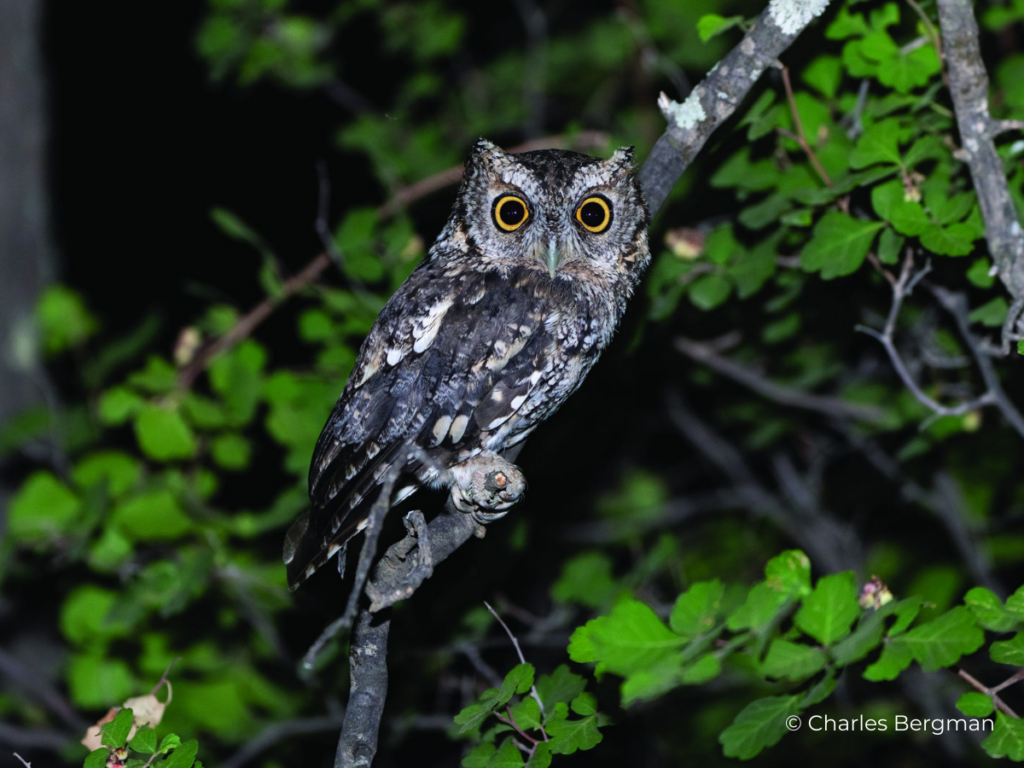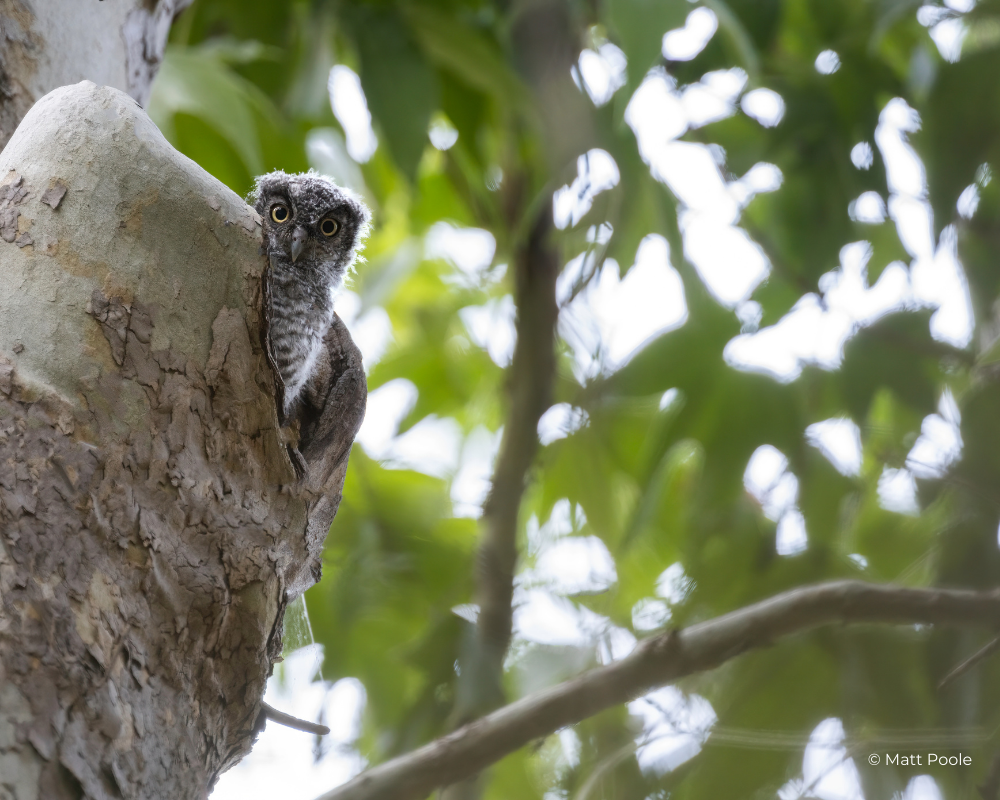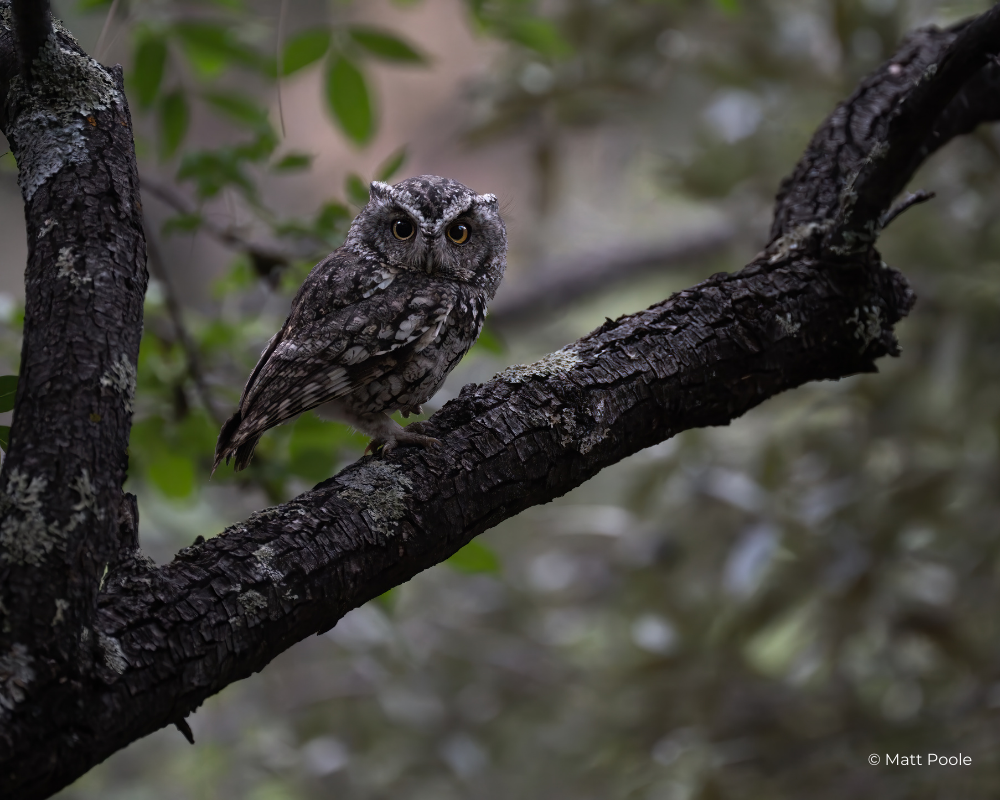Overview
Whiskered Screech-owls are found mainly in Mexico, ranging south to Nicaragua and north into southern Arizona and southwestern New Mexico. You can find these birds in forests, often at higher elevations. Whiskered Screech-owls get their name from extended bristles on the ends of feathers bordering their facial disk, but these are quite fine and difficult to see unless the bird is in hand. They hunt from dusk through the evening, mainly dining on insects and other invertebrates, with the occasional small mammal or reptile.
This species is very similar in appearance to the two other North American screech owl species: Eastern and Western. The best way to tell them apart is by voice and location. If you are just going by appearance, however, you can identify a Whiskered Screech-owl by its smaller size, a yellow to olive bill, and irises that are tinged orange/red compared to the lemon yellow of both Eastern and Western.




